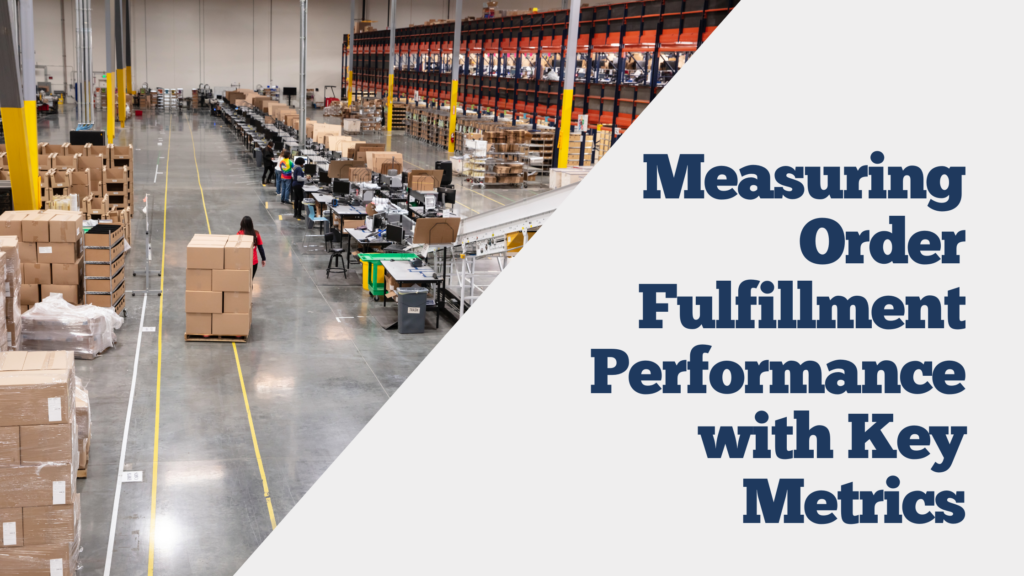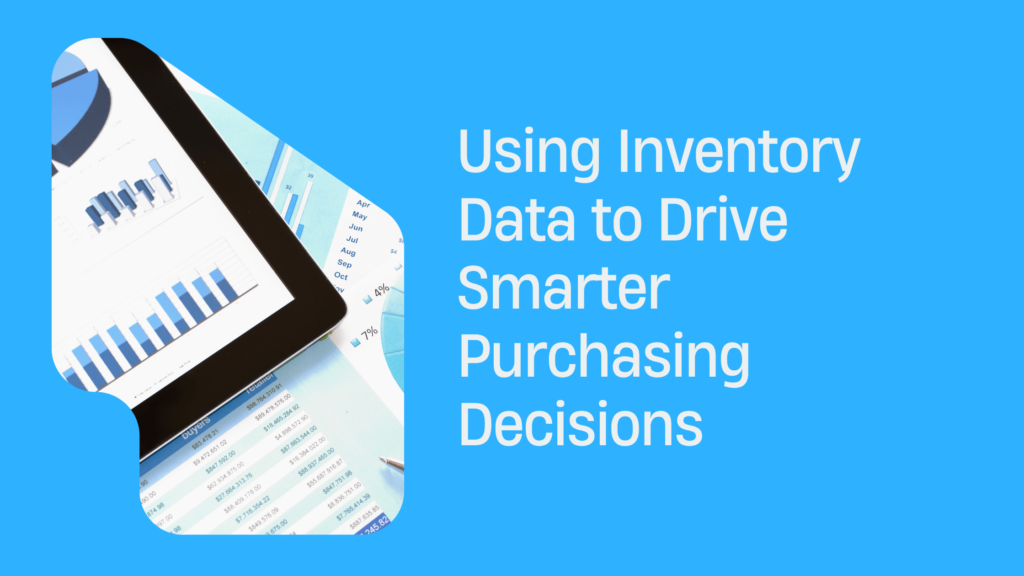Measuring Order Fulfillment Performance with Key Metrics
In the swiftly evolving ecommerce landscape, measuring the effectiveness of order fulfillment operations is paramount for businesses aiming to enhance customer satisfaction and streamline their supply chain processes. Leveraging precise order fulfillment metrics not only provides insights into the efficiency of order processing and delivery but also highlights areas ripe for improvement, ensuring businesses remain competitive and responsive to consumer demands. Identifying and understanding these metrics is the first step towards optimizing order fulfillment strategies, underpinning the importance of reliable, comprehensive data analysis in today’s retail environment.
This article embarks on a detailed exploration of crucial order fulfillment metrics, including perfect order rate, on-time shipments, and cycle time, offering a blueprint for their calculation and effective application. By meticulously outlining the methodologies to assess and enrich order fulfillment performance, readers are equipped with the knowledge to foster improvements within their operations. The comprehensive examination serves as a foundational guide for those seeking to navigate the complexities of order fulfillment measurement, critical for achieving operational excellence and driving business success in the ecommerce domain.
Understanding Order Fulfillment Metrics
Understanding the intricacies of order fulfillment metrics is pivotal for businesses aiming to optimize their operations and enhance customer satisfaction. These metrics serve as essential tools in assessing the performance of order fulfillment processes, enabling businesses to pinpoint areas for improvement and make data-driven decisions.
Key Order Fulfillment Metrics:
- Fill Rate: This metric indicates the percentage of customer orders fulfilled without stockouts, reflecting the efficiency of inventory management.
- Order Accuracy: Measures the correctness of orders shipped, directly impacting customer satisfaction.
- Order Cycle Time: The average duration from when an order is placed to when it is received by the customer, highlighting the efficiency of the order processing system.
- On-Time Shipping: The proportion of orders shipped on or before the expected date, is a critical factor for customer trust.
- Perfect Order Rate: A comprehensive metric evaluating orders shipped without any issues, encompassing accuracy, condition, and timeliness.
These metrics, among others, form the foundation of a robust order fulfillment strategy. By meticulously tracking and analyzing these indicators, businesses can streamline their operations, reduce inefficiencies, and ultimately, achieve a higher level of customer satisfaction.
Key Metrics for Assessing Order Fulfillment
In ecommerce and retail, precision in measuring order fulfillment performance is vital. The following key metrics are instrumental in assessing and enhancing the order fulfillment process:
Fill Rates:
- Order Fill Rate: Indicates the percentage of total orders completely fulfilled.
- Line Fill Rate: Reflects the percentage of confirmed orders fulfilled without backordering.
- Warehouse Fill Rate: This shows the percentage of orders fulfilled directly from the company warehouse.
- Case Fill Rate: This represents the percentage of product cases shipped as part of initial orders.
- Vendor Fill Rate: Measures the efficiency of vendors in delivering confirmed orders.
Efficiency and Accuracy Metrics:
- Perfect Order Fulfillment Rate: A crucial metric measuring orders fulfilled correctly without errors.
- Order Cycle Time: Time taken from order placement to delivery to the customer.
- On-Time Delivery Rate: Percentage of orders delivered within the promised timeframe.
- Inventory Accuracy: Accuracy of inventory records against actual stock levels.
- Order Picking Accuracy: Measures error-free picking accuracy from the warehouse.
Cost and Productivity Metrics:
- Return Rate: Percentage of orders returned by customers.
- Cost of Fulfillment: Total cost involved in fulfilling an order, including warehouse, shipping, and handling costs.
- Orders Picked Per Hour: Productivity metric for individual pickers, indicating efficiency.
These metrics, when meticulously monitored and analyzed, empower businesses to streamline operations, enhance customer satisfaction, and maintain a competitive edge in the fast-paced ecommerce landscape.
Calculating the Order Fulfillment Rate
Calculating the Order Fulfillment Rate is a critical step in assessing the efficiency of a company’s order fulfillment process. This metric provides a clear picture of how well a business is meeting its customer orders without encountering stockouts, backorders, or lost sales. The formula and its implications are as follows:
The formula for Calculating the Fill Rate:
- The fill rate is calculated using the formula: (Fulfilled orders / Total orders) x 100. This straightforward calculation offers businesses an immediate percentage that reflects their order fulfillment success.
Interpreting a High Fill Rate:
- A high fill rate percentage is indicative of a business’s capability to fulfill most or all of its orders efficiently. It signals strong inventory management and operational efficiency, which are crucial for maintaining customer satisfaction and loyalty.
- Achieving a high fill rate is a testament to a company’s robust supply chain and logistics strategies, ensuring that products are available when and where they are needed, thus minimizing the risk of stockouts and maximizing sales opportunities.
By regularly monitoring and analyzing the fill rate, businesses can identify areas for improvement in their order fulfillment process, such as optimizing inventory levels or enhancing supplier relations. This metric serves as a key indicator of operational health and customer service excellence, making it an essential tool for businesses striving to excel in the competitive ecommerce landscape.
Improving Order Fulfillment with Data Analysis
Improving order fulfillment with data analysis involves a strategic approach that leverages technology and insights to streamline operations and enhance customer satisfaction. Here are actionable strategies:
Technology Integration and Data Collection:
- Implement automated ordering systems and integrate ecommerce shopping carts with inventory management systems to ensure accuracy and efficiency.
- Utilize data collection tools such as barcode scanners, RFID technology, IoT sensors, and cloud-based software solutions to gather comprehensive data on inventory levels, product movements, and storage space utilization.
Data Analysis for Insightful Decision-Making:
- Analyze sales variation by season, product, channel, location, and customer segment to understand demand patterns and adjust inventory levels accordingly.
- Track delivery times and success rates of different carriers using data visualization tools and intelligence software to identify the most reliable and cost-effective shipping options.
- Monitor inventory turnover, stockout rate, reorder point, and safety stock to optimize inventory management and reduce costs.
Implementing Data-Driven Strategies:
- Enhance shipping and delivery by comparing and choosing the best shipping carriers, rates, and methods.
- Improve customer service by providing clear communication, flexible returns, and personalized support based on data analysis.
- Evaluate and optimize order fulfillment performance by analyzing data on ordering behavior, identifying problems, and discovering opportunities for process improvement.
Common Challenges in Order Fulfillment Measurement
In the pursuit of optimizing order fulfillment, businesses encounter several common challenges that can hinder their ability to accurately measure and improve their performance. These challenges often stem from operational inefficiencies, supply chain disruptions, and technological limitations, impacting customer satisfaction and operational costs.
Operational and Supply Chain Challenges:
- Improperly filled orders lead to customer or vendor dissatisfaction.
- Frequent stockouts, especially on high-turnover items, resulted in lost customers.
- Time-consuming packing processes cause late shipments.
- Persistent backorders due to supply chain disruptions.
- Slow transit times and receiving delays from vendors not adhering to guidelines.
- Labor shortages lead to high overtime costs and delays.
Technological and Management Challenges:
- Inventory discrepancies cause unexpected backorders.
- Inadequate inventory management disrupts the picking process.
- Lack of automation and coordination during picking activities increases physical strain and the potential for errors.
- Limited supply chain visibility and traceability.
Metrics and Analysis Challenges:
- Maintaining sufficient stock levels to meet fluctuating demand.
- The current returns management process lacks efficiency.
- Cost per Order, Internal Order Cycle Time, and Order Fulfillment Cycle Time are essential yet challenging to optimize.
By addressing these challenges through strategic planning, technological advancements, and continuous process improvement, businesses can enhance their order fulfillment metrics, thereby improving overall operational efficiency and customer satisfaction.
Conclusion
Throughout this article, we have delved into the crucial aspects of order fulfillment metrics such as perfect order rate, on-time shipments, and cycle time, alongside their significant roles in assessing and enhancing order fulfillment processes. These metrics serve as the backbone for businesses aiming to optimize their operations, ensuring efficiency and customer satisfaction within the dynamic landscape of ecommerce. By understanding and applying these measurements, companies are better positioned to identify areas for improvement, ultimately driving their operational excellence and fueling business success.



